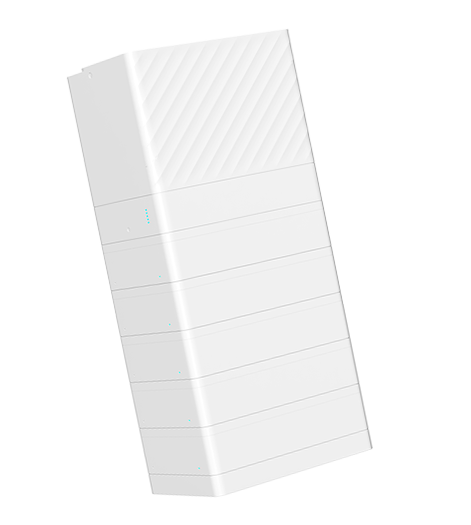Battery storage systems provide several benefits for solar users:
Installing batteries for home energy storage offers numerous benefits, particularly for homeowners using solar power or looking to improve their energy resilience. Here are some of the key reasons why people choose to install home batteries:
Helping you understand why you should be Investing in Battery Storage
Before investing in a battery storage system, we help you consider the following factors:

Battery storage systems offer an effective way to optimize solar installations and reduce energy costs.
By considering the available options and assessing your energy needs, you can select a Bespoke Sunlec system that best meets your requirements and enhances the benefits of your solar investment.
Lithium-ion batteries:
The Powerhouse Behind Clean, Reliable Energy Storage
Lithium-ion batteries are made of several key components and materials that work together to store and release energy. Here's a breakdown of the primary materials used:
Each of these components plays a crucial role in the battery's ability to store and discharge energy, with the combination of materials determining performance factors such as energy density, longevity, and safety.








